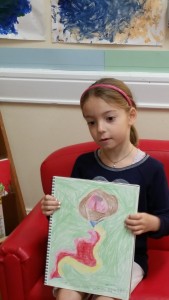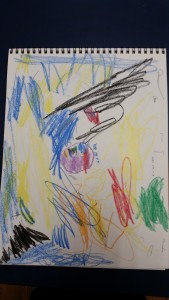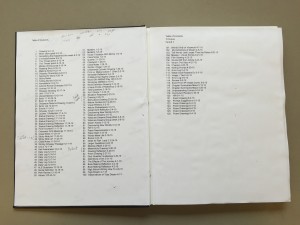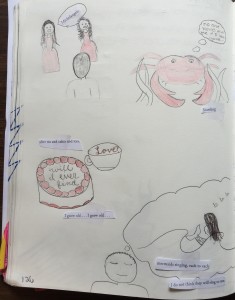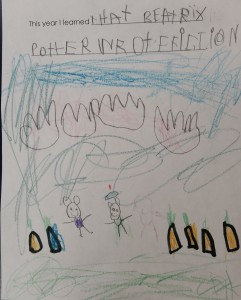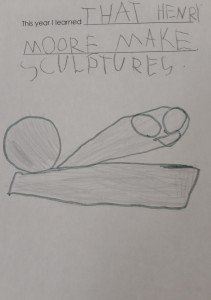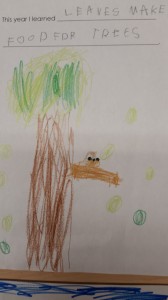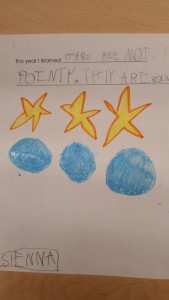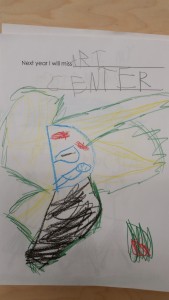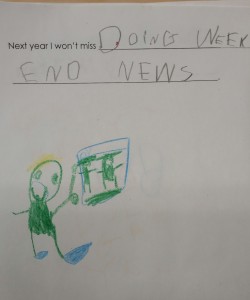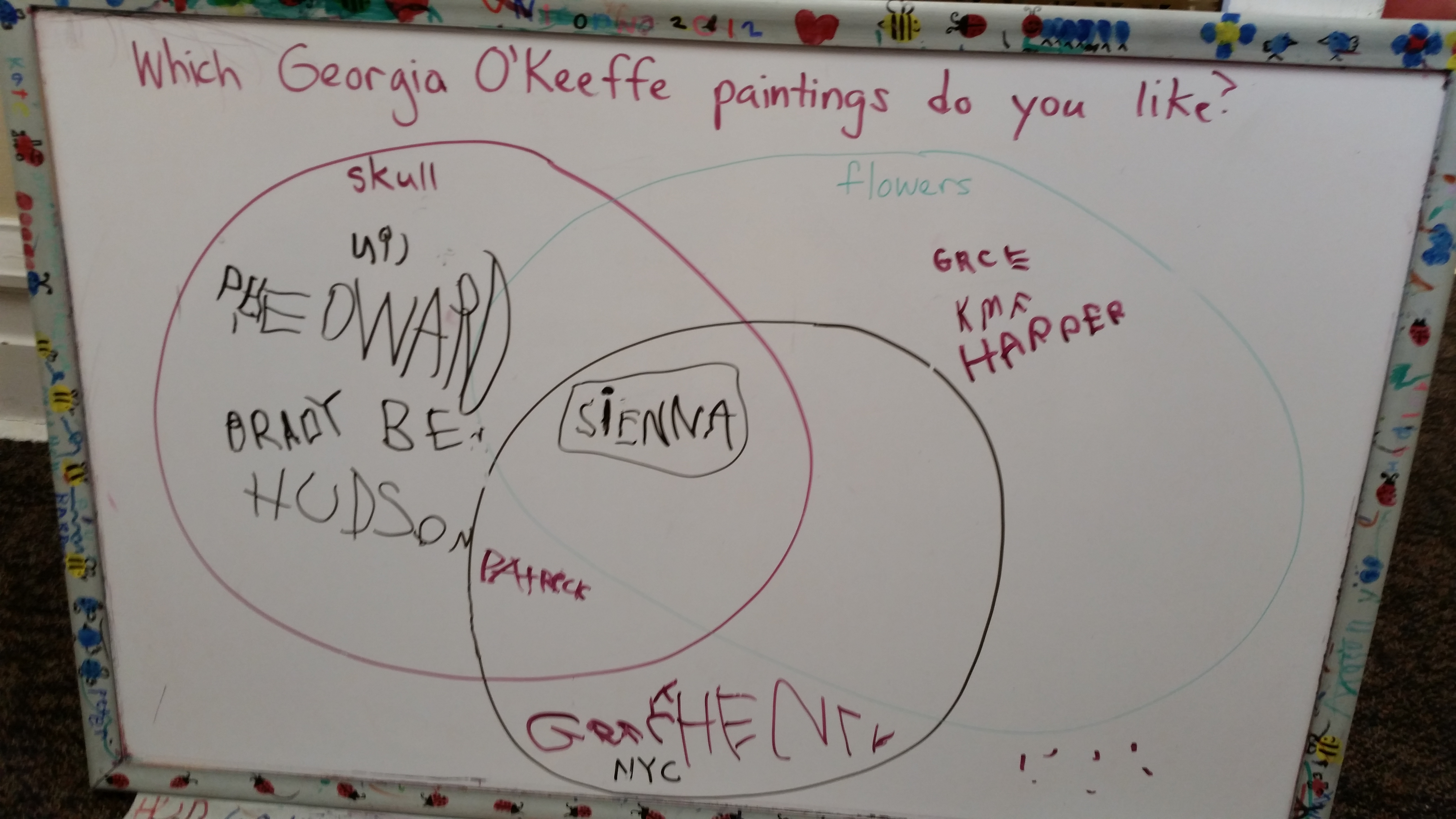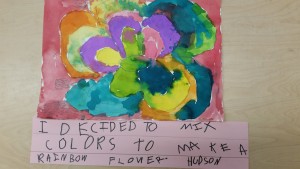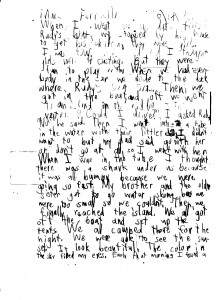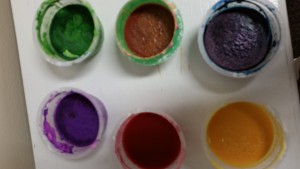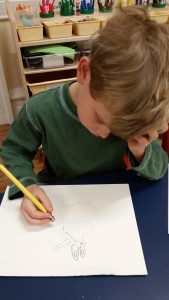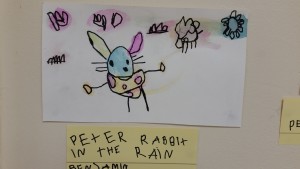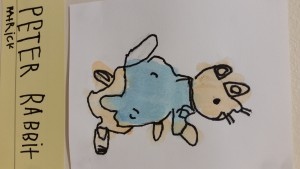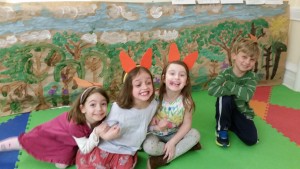O the delight of reading and marking a text! Each year I try to transfer this delight over to the students by establishing a range of annotative practices. I explore the many ways we might fused together words and markings, how we might give a visual record of the reading experience.

Our day to day world is filled with visual, textual, sound, and interactive ‘texts’. This multimodal discourse dominates student lives, and is also a part of the history of books and reading. In fact, we still have ‘visual’ books everywhere — from children’s books, graphic novels, to vibrant digital nodes. So, a question arises for me: Is there a way to weave together critical and creative annotative skills with the history of the book and ancient practices of reading? A further question also arises which the students may not ask, but one that I ask myself: Why do this at all? What is the purpose? We are all about words and deeds in our daily life, so why not in reading and writing? What happens when we see what we say?
Although the thought of teaching Shakespeare may seem daunting, I have found curious ways to enter into the text that adds a visual dimension to the task of reading. We read A Midsummer Night’s Dream using various literary strategies that foster creative and critical experiences. We annotate, discuss, write, listen. We are not seeking a perfect understanding of all of Shakespeare’s nuanced story-telling, but rather a level of authentic participation where students find ways to enter into the story. After we finish reading (using our loaned books), I photocopy the entire play and give a copy to each student. As a side note: one problem with reading in High School is that students don’t own their books. In the real world, real readers mark their texts in a variety of ways.
By second semester the students comfortably and confidently annotate texts. But, I want to keep the story going and not wax into a dull, mechanical practice. So, I give them an assignment that simply asks, ‘What if we made art out of our visual record of reading?’ You can imagine their first responses! I won’t go into all the details of the assignment, but here’s a glimpse.
To introduce the assignment, I show a wide range of texts: the works of Tom Phillips, some children’s books, artist books and contemporary novels. Each example delights in the dance between word and image. Then I ask them to make a visual reading of the play. As a first step, the whole class does the first page. Then we show and tell, discuss and wonder. No two pages are the same. The larger assignment asks them to choose one page from the play as a focus. Other aspects of the assignment ask them to create a gloss and commentary (yes, just like the ancient manuscripts I’ve shown them throughout the year). The work is always unique, engaging, nuanced, unchained. Here are a few examples:

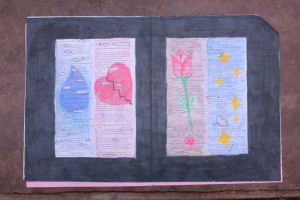

Each visual work was unique. Some students drew; others wrote and pasted. All of the students were thinking how the text could be imagined (as we do when we read). Upon completion of the assignment, each student holds in their own hands, their ‘reading’ of the play. The word on the page hums and the work of the heart and mind fuse into unique physical book. Below, we see the word and the design in a new, yet old light.

These wonderful students working at their desks at home, bringing their work into class, showing their peers, step into first hand the joy of the book, the page, the word. Now, click on the image. We are still reading by candle light. O the delight!
–James Shivers
